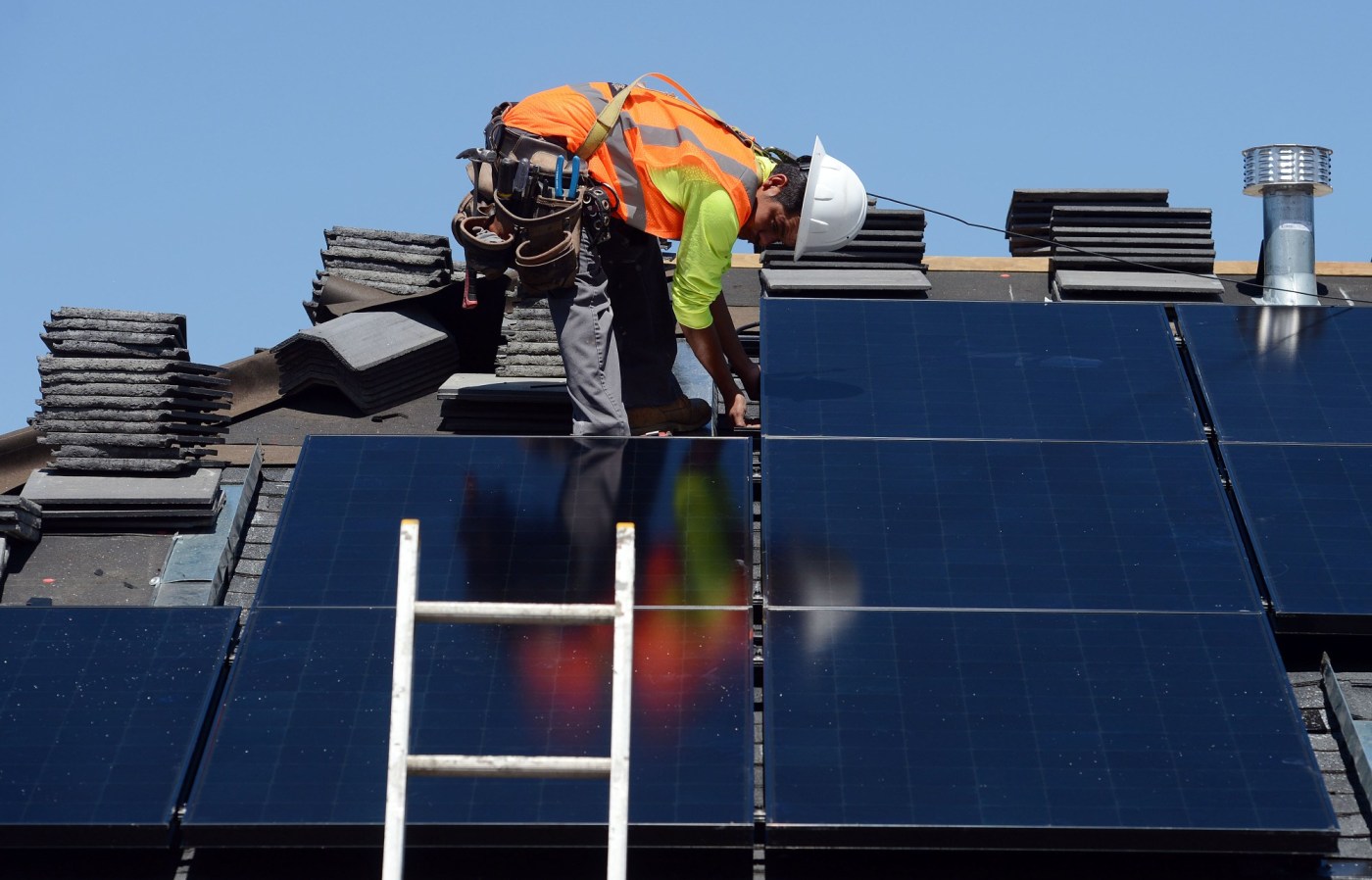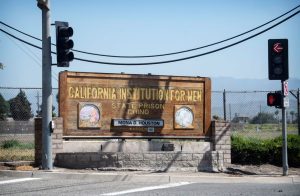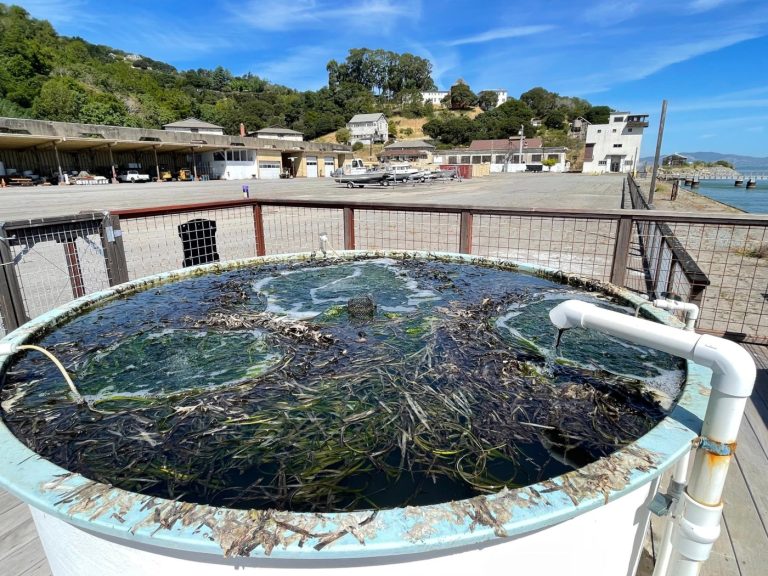By Rob Nikolewski | San Diego Union-Tribune
A trio of environmental groups opposed to recent changes to the rules affecting the 1.8 million Californians who have installed rooftop solar on their homes and businesses will get their day before the state Supreme Court.
The high court has agreed to hear arguments by the Environmental Working Group, the Center for Biological Diversity and the San Diego-based Protect Our Communities Foundation, appealing a decision by the California Public Utilities Commission that slashed the financial compensation solar customers receive when their systems generate more electricity than they consume.
“We could not be more pleased that the court decided to take our case,” said Malinda Dickenson, legal and executive director at the Protect Our Communities Foundation.
The case is not expected to be heard for a few months, since briefs from each side must be submitted to the court and a date on the docket is still to be determined. Arguments will be made before the seven justices of the California Supreme Court, based in San Francisco.
In December 2022, the utilities commission unanimously voted to approve a third iteration of the state’s net energy metering program, colloquially called NEM 3. The new rules went into effect in mid-April 2023.
The complicated and controversial 260-page decision included incentives to encourage customers to pair solar installations with battery storage systems.
But the revised tariff no longer credited new rooftop solar customers at the retail rate of electricity when their systems generate excess energy. Instead, they get paid at the “actual avoided cost,” which is lower. The commission said the change sends “more accurate price signals that encourage electrification.”
California utilities — as well as some academics and consumer groups — argued that the earlier NEM rules needed to be changed, saying the growing number of rooftop installations left customers who don’t have solar paying an unfair share of the fixed costs that come with maintaining the electric system — things like wires, substations and transformers.
But the California Solar & Storage Association, which opposed the commission’s decision, estimated the average rate of compensation would drop from 30 cents per kilowatt-hour to 8 cents — a reduction of 75 percent.
Since solar systems can run into the tens of thousands of dollars, opponents of NEM 3 say the changes will extend a new customer’s payback period — the point where the amount of money they save in lower bills matches or exceeds the amount of money they spent to buy the system.
The Protect Our Communities Foundation, the Environmental Working Group and the Center for Biological Diversity at first called on the utilities commission to rehear its decision, but they were turned down.
The three groups then took their case to the California Court of Appeals but lost there as well.
In a 35-page decision written by Associate Justice Victor Rodríguez last December, the appeals court gave substantial deference to the public utilities commission’s decision-making process, saying in a 3-0 ruling, “We conclude the (new tariff) adopted by the commission bears a reasonable relation to the statutory purposes and language.”
Roger Lin, senior attorney for the Center for Biological Diversity, said there are two big issues the three groups opposing the NEM 3 decision will argue before the high court.
“The obvious one is did the Public Utilities Commission consider all of the right costs, all of the right benefits of rooftop solar,” Lin said, “and did the PUC create a specific alternative that was good enough for disadvantaged communities.”
The other, Lin said, centers on “whether the PUC is this untouchable agency that court has to provide unique deference.”
The Union-Tribune emailed the California Public Utilities Commission asking for its reaction to the state Supreme Court taking the case but did not receive a response, as of 3:30 p.m. Monday.
Late last year, the Solar & Storage Association said the number of rooftop installations in the state had dropped between 77 and 85 percent since the implementation of NEM 3 rules.
In January, solar company Sunrun laid off 62 employees in three locations in San Diego County, including 37 at a branch office it was shutting down in the Miramar area.
The debate over NEM 3’s rules changes comes as California looks to generate 100 percent of its electricity from carbon-free energy sources by 2045, if not sooner.
With more than 1.8 million projects at homes, businesses and other locations, California has more rooftop installations than any state in the nation.
Rooftop solar customers who had their systems installed under earlier iterations of NEM will still get compensated at the retail rate for 20 years from the time their systems were installed before they are switched to the new rules.
For example, a customer who had a system installed in 2018 would still get credited at the retail rate until 2038. But after that, the customer will be credited at the lower NEM 3 rate.
This story originally appeared in San Diego Union-Tribune.












